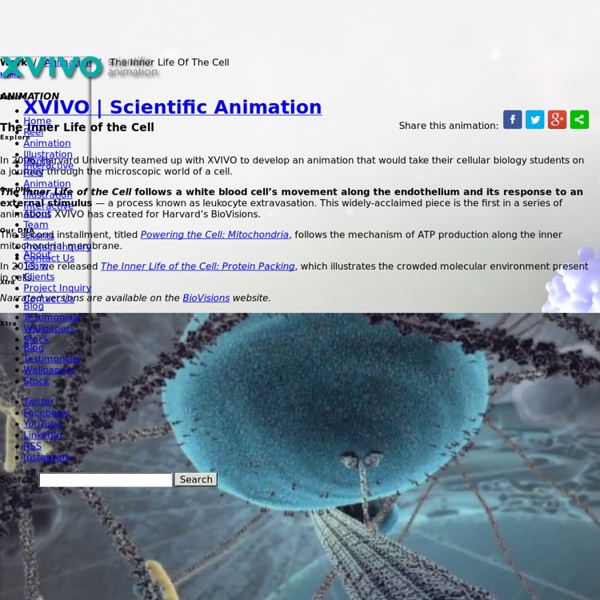Harvard University Presents The Inner Life Of The Cell
In 2006, Harvard University teamed up with XVIVO to develop an animation that would take their cellular biology students on a journey through the microscopic world of a cell. The Inner Life of the Cell follows a white blood cell’s movement along the endothelium and its response to an external stimulus — a process known as leukocyte extravasation. This widely-acclaimed piece is the first in a series of animations XVIVO has created for Harvard’s BioVisions. The second installment, titled Powering the Cell: Mitochondria, follows the mechanism of ATP production along the inner mitochondrial membrane. In 2013, we released The Inner Life of the Cell: Protein Packing, which illustrates the crowded molecular environment present in cells. Narrated versions are available on the BioVisions website.
How to Create Harry Potter Potions, Fun With Your Kids My Kids' Adventures
Want to bring the fictional world of Harry Potter to your own kitchen? Looking for a way to wow your kids? In this article I will show you how to do some simple Hogwarts’ magic with your kids, no trip to Diagon Alley necessary. You’ll mix everyday items disguised as magical ingredients into potions that bubble, change color and grow. And really, you can’t get much cooler than that! Why a Potions Class? Your little Harrys, Hermiones and Rons will have a blast brewing these mystical mixtures. Both of my boys have been obsessed with Harry Potter. I can’t believe we read the whole thing—twice! Why is Harry Potter so popular? They love to imagine themselves in a world where they can do magic and defeat evil, even though they’re just kids. Kids love to imagine themselves in the world of Harry Potter. Potions Class was by far the most popular event at my little Harry’s birthday party. Read on to learn how to have a blast (and a sizzle and a pop) with your kids. Materials Needed Preparation Time Location
Related:
Related:



